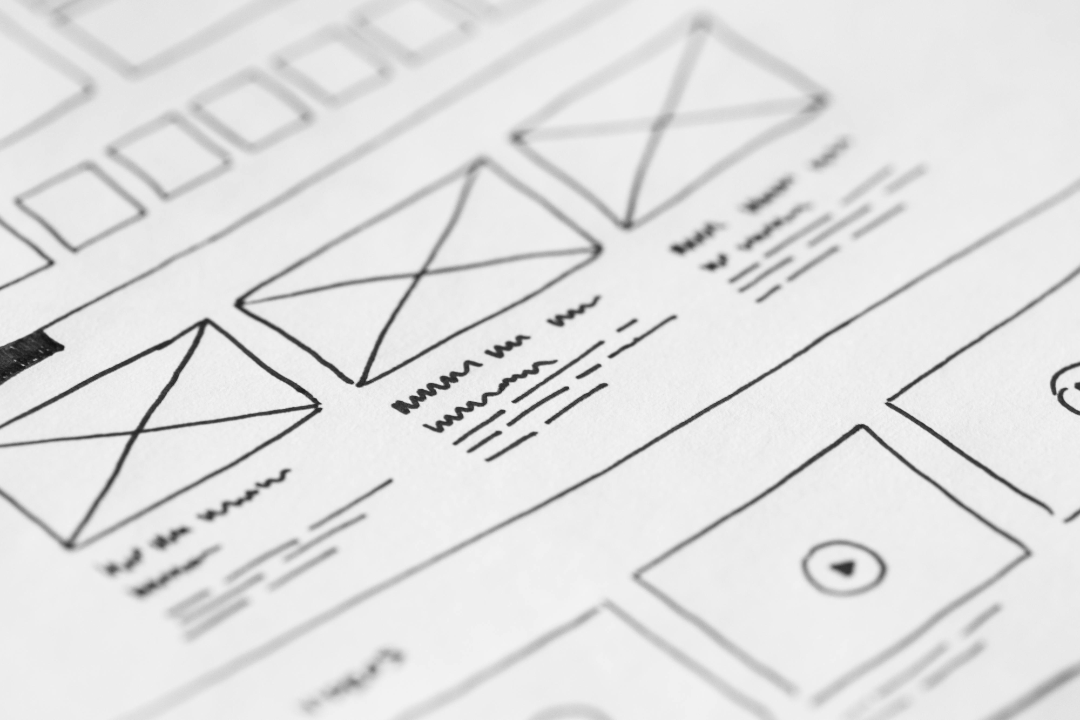In today’s rapidly changing world, staying relevant and competitive requires constant innovation. Design thinking, with its human-centered approach to problem-solving, has become a powerful tool for businesses to navigate this ever-evolving landscape. But design thinking itself is not static. New trends are emerging, pushing the boundaries of what’s possible and offering exciting opportunities for companies to future-proof their success. Let’s explore three key design thinking trends you can’t afford to miss.

User Experience (UX) Across the Entire Product Lifecycle
Traditionally, user experience (UX) design focused primarily on the initial interaction with a product or service. Today, companies are recognizing the importance of a holistic UX approach that considers the entire product lifecycle, from initial conception to post-launch support. Here’s how this trend is reshaping design thinking:
- User Research Beyond Onboarding: It’s no longer enough to understand user needs at the beginning. Design thinking now incorporates ongoing user research throughout the product lifecycle. This can involve user feedback loops, A/B testing of features, and post-launch surveys to continuously improve the user experience.
- Design for Retention, Not Just Acquisition: The focus is shifting from simply acquiring users to retaining them and fostering loyalty. Design thinking now considers how to create engaging experiences that keep users coming back for more.
- The Rise of Service Design: Companies are recognizing the user experience encompasses more than just the product itself. Service design, a branch of design thinking focused on user journeys and interactions with a service, is becoming increasingly important. This ensures a seamless and positive experience across all touchpoints.
By embracing this holistic UX approach, companies can build products that not only attract users but also keep them satisfied and coming back for more, creating long-term value and fostering brand loyalty.
Integrating AI and Machine Learning into Design Thinking
Artificial intelligence (AI) and machine learning (ML) are no longer science fiction – they’re powerful tools that can be leveraged in the design thinking process. Here are some exciting possibilities:
- User Persona Refinement: AI can analyze vast amounts of user data, helping to create more accurate and nuanced user personas. This leads to a deeper understanding of user needs and behaviors, resulting in more targeted and effective solutions.
- Personalized Design Solutions: Machine learning algorithms can analyze user preferences and tailor the user experience accordingly. Imagine a service that personalizes product recommendations or dynamically adjusts interfaces based on user behavior – all powered by AI and ML.
- Automated User Research & Testing: AI can analyze user interactions and feedback, automating some aspects of user research and testing. This frees up design teams to focus on more strategic tasks and allows for faster iteration cycles.
While AI and ML won’t replace human creativity in design thinking, they can be valuable tools for gathering insights, personalizing experiences, and accelerating the design process.
The Rise of Biodesign: Sustainability and Human Well-being
Biodesign is a burgeoning trend within design thinking that focuses on creating products and services that are not only functional but also sustainable and beneficial to human well-being. Here’s what biodesign brings to the table:
- Sustainability Throughout the Design Process: Biodesign encourages the use of environmentally friendly materials and processes throughout the product lifecycle, minimizing waste and environmental impact.
- Focus on Human Health and Well-being: Biodesigners consider the impact of products on physical and mental well-being. This could involve ergonomic design principles, the use of natural materials, or even incorporating elements that promote mindfulness or relaxation.
- Innovation Inspired by Nature: Biodesign draws inspiration from natural systems and biological processes. This can lead to the development of new materials, innovative product features, or even biomimetic solutions that mimic nature’s efficiency and resourcefulness.
By embracing biodesign principles, companies can create products that are not only commercially successful but also contribute to a healthier planet and a more sustainable future.
The Future of Design Thinking is Evolving
These three trends represent just a glimpse into the ever-evolving world of design thinking. By staying informed about these emerging practices, companies can create a competitive advantage, build long-term user loyalty, and future-proof their success in a dynamic and ever-changing marketplace.
Embrace the Future: Start Integrating These Trends Today!
Design thinking is a continuous learning process. Don’t be afraid to experiment and explore how you can integrate these trends into your own design thinking practices. By embracing the future of design thinking, you can ensure that your business remains innovative, relevant, and user-centric for years to come.



